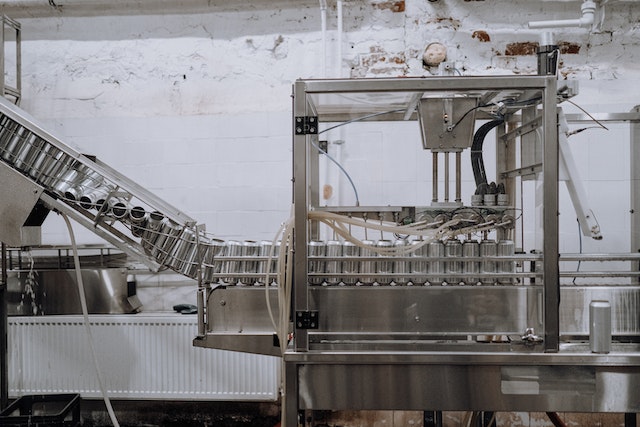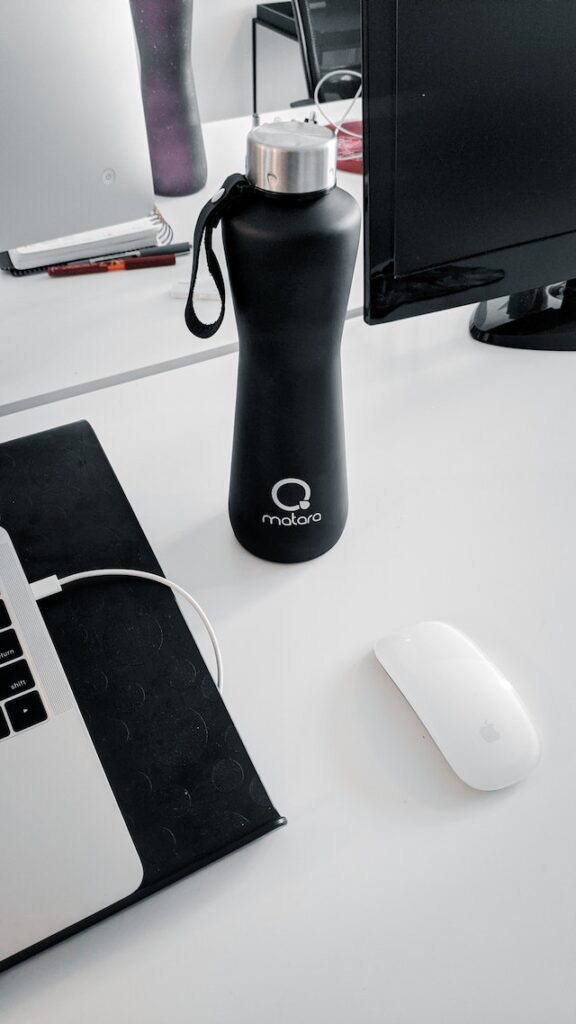Introduction
In recent years, the global demand for bottled water has surged, creating a lucrative opportunity for entrepreneurs looking to venture into the beverage industry. Starting a water bottle company in 2023 can be rewarding, but it requires careful planning, dedication, and a deep understanding of the market. This comprehensive guide will walk you through the essential steps and strategies to successfully launch your own water bottle company in 2023.
Table of Contents
Market Research and Analysis
1.Understanding the Water Bottle Industry
Before diving into the business, it’s crucial to comprehend the dynamics of the water bottle industry. Research the current market trends, growth projections, and competitive landscape. Key factors to consider include the increasing consumer preference for healthier beverage options, environmental concerns related to plastic bottles, and the rise of sustainable packaging solutions.

2. Identifying Target Markets
Define your target audience. Are you aiming for the fitness-conscious, eco-conscious, or convenience-driven consumers? Understanding your potential customers will help shape your product offerings, branding, and marketing strategies.
3. Competitive Analysis
Analyze your competitors in the water bottle industry. Identify their strengths, weaknesses, product offerings, pricing strategies, and market positioning. This information will guide you in differentiating your brand and products.
Business Planning and Strategy
1. Creating a Business Plan
Develop a comprehensive business plan outlining your company’s mission, vision, and goals. Include financial projections, marketing strategies, distribution channels, and a timeline for achieving milestones. A well-structured business plan is essential for attracting investors or securing loans.
2. Legal Requirements and Regulations
Ensure that you comply with all legal requirements and regulations in your region. This includes obtaining necessary permits, adhering to quality standards, and meeting environmental regulations. Consulting legal experts is advisable to navigate this complex terrain.
3. Branding and Product Development
Create a unique brand identity that resonates with your target audience. Develop a product line that aligns with market demand and consumer preferences. Consider factors like bottle design, materials, and label design that reflect your brand values.

Production and Supply Chain
1. Sourcing Raw Materials
Choose reliable suppliers for the raw materials needed for your water bottles. Ensure that the materials meet quality standards and consider eco-friendly options if sustainability is a part of your brand’s ethos.
2. Manufacturing Process
Select a reputable manufacturing facility that specializes in producing water bottles. Establish a transparent manufacturing process that guarantees product quality and consistency.

3. Supply Chain Management
Efficient supply chain management is crucial for timely delivery and cost control. Develop relationships with distributors, retailers, and logistics partners. Ensure a seamless flow of products from production to the consumer.
Marketing and Promotion
1. Brand Promotion
Utilize various marketing channels to promote your water bottle brand. Create a compelling online presence through a user-friendly website and attract your audience on social media platforms. Incorporate sustainability and health-conscious messaging into your branding to attract environmentally conscious consumers.
2. Product Launch
Plan a captivating product launch campaign that generates buzz and anticipation. Consider partnering with influencers or conducting launch events to increase brand visibility.
3. Sustainability Initiatives
Highlight your commitment to sustainability in your marketing efforts. Emphasize recyclable materials, reduced plastic usage, and eco-friendly production processes to resonate with environmentally conscious consumers.
Sales and Distribution
1. Distribution Channels
Determine your distribution strategy. Will you sell directly to consumers, distribute through retailers, or combine both? Evaluate the pros and cons of each approach based on your target market and resources.
2. Pricing Strategy
Set competitive yet profitable prices for your water bottles. Consider factors such as production costs, market demand, and competitor pricing. Be prepared to adjust your pricing strategy as needed to remain competitive.
3. Sales Growth Strategies
Implement strategies to drive sales growth, such as promotional campaigns, loyalty programs, and expanding your product line. Monitor sales metrics and customer feedback to improve your offerings continuously.

Sustainability and Social Responsibility
1. Eco-Friendly Practices
Commit to sustainable business practices by minimizing plastic waste, using recycled materials, and exploring innovative packaging solutions. Communicate your efforts to consumers, which can differentiate your brand in a crowded market.

2. Corporate Social Responsibility
Consider contributing to environmental and social causes as part of your corporate social responsibility initiatives. Partner with organizations working on clean water access or environmental conservation to demonstrate your commitment to the greater good.
Challenges and Future Outlook
1. Challenges
Recognize the challenges in the water bottle industry, including market saturation, changing consumer preferences, and sustainability concerns. Be prepared to adapt and innovate to stay competitive.
2. Future Outlook
Stay informed about emerging trends and technologies in the beverage industry. The future may bring advancements in packaging, water purification, and distribution methods that can give your company a competitive edge.
Conclusion about water bottle company in 2023
Starting a water bottle company in 2023 is an exciting but challenging endeavor. By conducting thorough market research, formulating a solid business plan, and prioritizing sustainability and innovation, you can position your brand for success in a rapidly evolving industry. Remember that persistence, adaptability, and a solid commitment to your brand’s values will be your keys to long-term success. Good luck on your journey to becoming a part of the ever-growing bottled water industry.

Frequently Asked Question (FAQS) about water bottle company in 2023
1. How do I start a water bottle company in 2023?
Starting a water bottle company in 2023 involves market research, business planning, sourcing materials, manufacturing setup, distribution network creation, and marketing. Each step requires careful consideration and execution.
2. What should I know about market research for a water bottle business?
Effective market research for a water bottle business involves understanding consumer preferences, analyzing competition, and identifying your target market. It’s essential to gather insights into current market trends and demands.
3. How can I make my water bottle business sustainable in 2023?
Sustainability is crucial. Consider using eco-friendly materials, reducing plastic usage, and adopting responsible manufacturing practices. Communicate your commitment to sustainability to attract environmentally conscious consumers.
4. What legal requirements and regulations should I know when starting a water bottle company?
Starting a water bottle company involves obtaining permits, meeting quality standards, and adhering to environmental regulations. Consult legal experts or regulatory bodies in your region to ensure compliance.
5. How can I create a unique brand identity for my water bottle company?
Crafting a memorable brand identity involves:
- Designing appealing bottle labels.
- Selecting a distinctive brand name.
- Creating a message that resonates with your target audience.
6. What are some innovative packaging options for water bottles in 2023?
Innovative packaging options include biodegradable materials, reusable bottles, and intelligent packaging solutions. These choices not only attract customers but also align with sustainability goals.
7. How can I effectively market my water bottle company to stand out in 2023’s competitive market?
Utilize online marketing, social media, influencer collaborations, and creative product launch strategies to build brand awareness. Highlight your unique selling points, such as quality, sustainability, or health benefits, to distinguish your brand.
